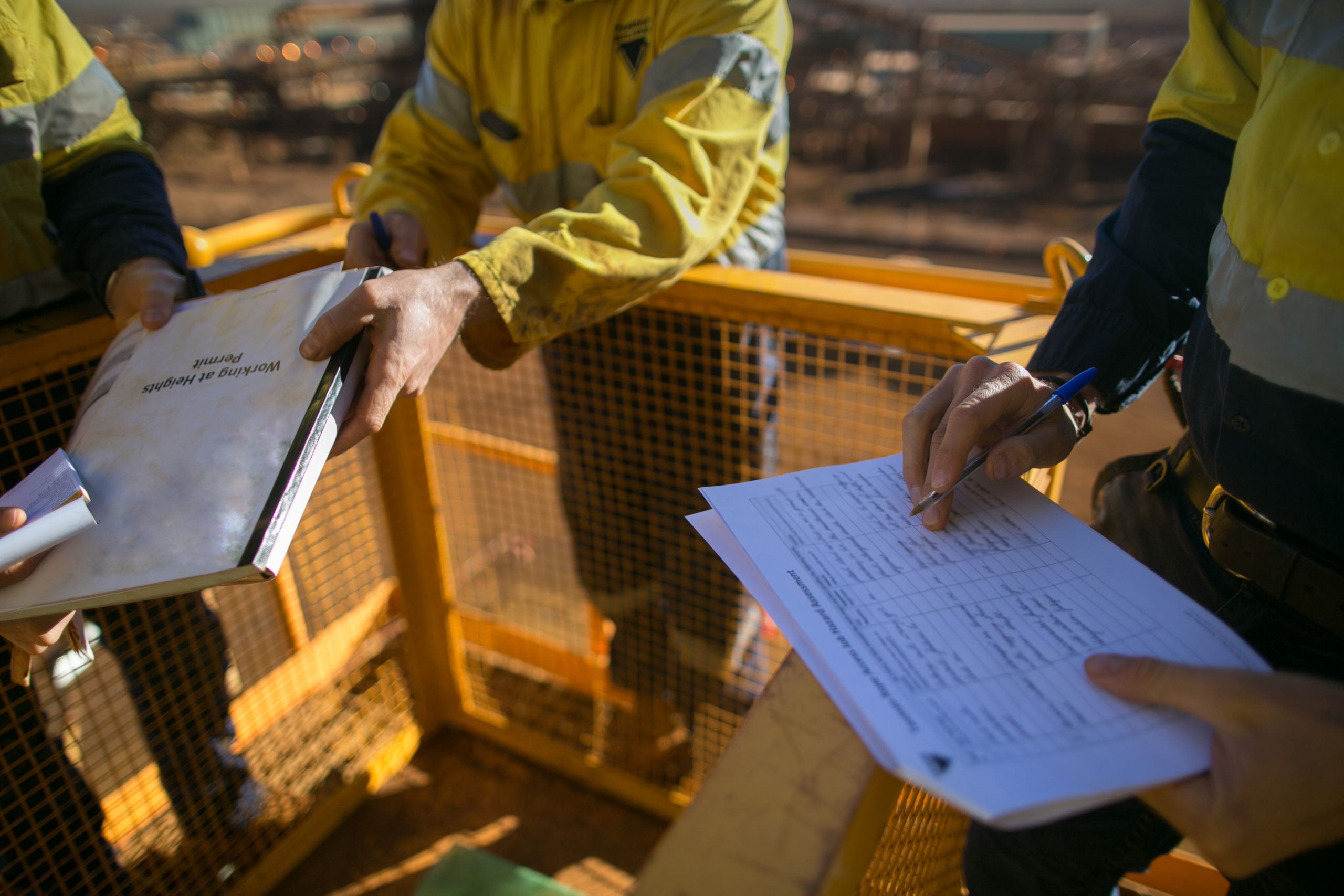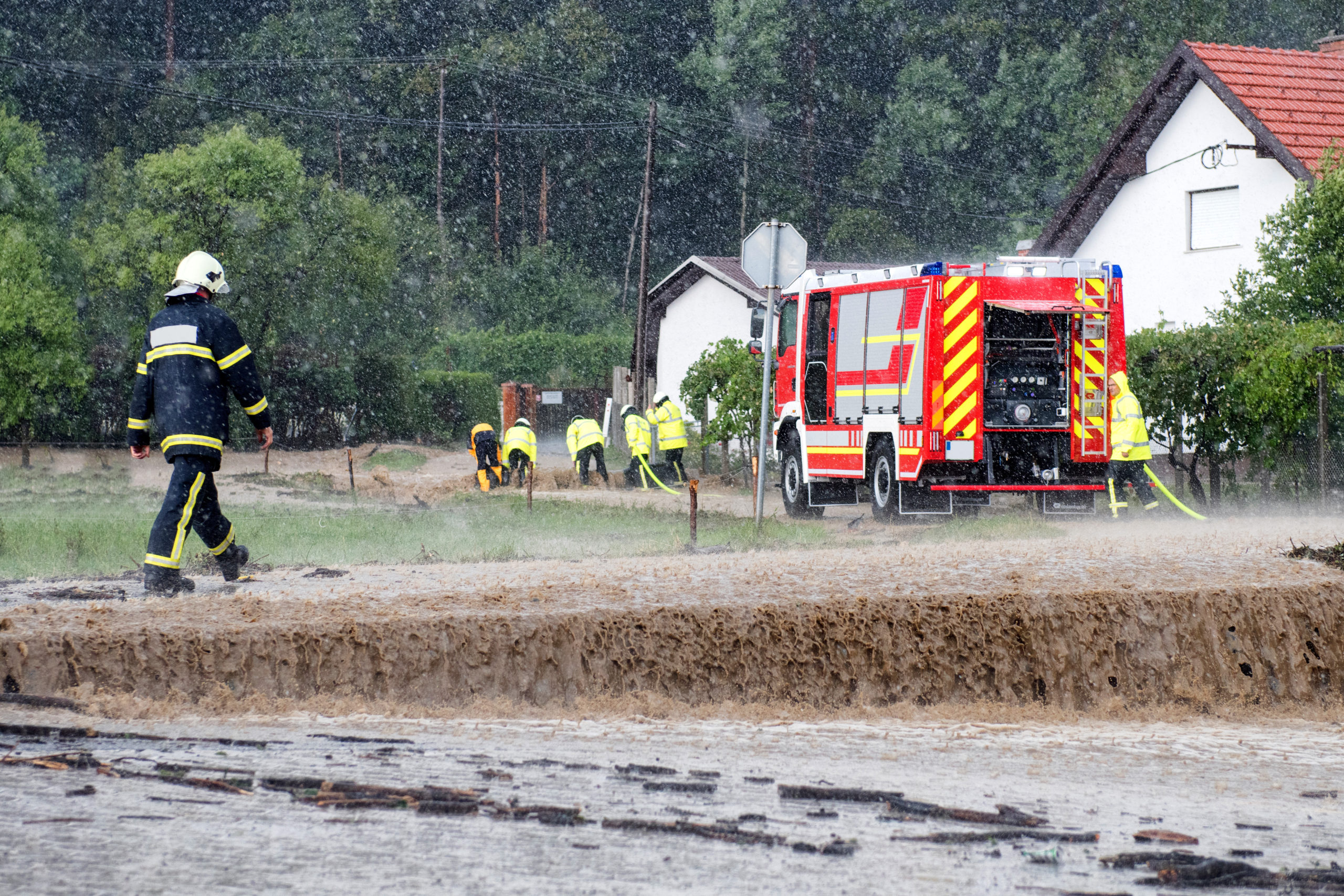Seven steps to avoiding business interruption

Without thorough preparation, business interruption can be extremely costly and potentially ruinous for your business.
We’ve identified seven steps you can take to minimise any interruption to your business, and therefore mitigate losses, in the event of an incident.
But before we get to that, let’s take a brief look at business interruption, its causes and how it can impact a business.
- Business interruption explained
- What are the causes of business interruption?
- What are the main reasons businesses fail?
- Seven steps to minimising business interruption
Business interruption explained
So, what is business interruption? In an increasingly uncertain world, business interruption is one of the most concerning business risks, with a global pandemic, extreme weather, cyber-attacks, and the war in Ukraine all proving disruptive in recent years.
Business interruption is a period when a business cannot operate because of the effects of an adverse event, such as a fire or flood.
And when your business is unable to receive an income from providing goods and services to its customers, the financial losses can quickly pile up.
What are the causes of business interruption?
Business interruption can be caused by a variety of adverse events and, as we’ve seen in recent years, not all of them can be easily foreseen.
The main causes of business interruption are:
- inability to access your premises because of fire, explosion, storm or flood; a failure of utilities like electricity, gas, or water; or closure enforced by a major incident nearby;
- loss of connectivity caused by either a cyber-attack, or an outage in a third-party data centre or web hosting supplier;
- supply chain disruption, where your business can’t obtain the raw materials or parts required to carry on business;
- equipment breakdown, either the plant and machinery you need to maintain production or service, or systems required to maintain health and safety at work, like heating, lighting, or air conditioning;
- staff sickness and injury, which can cause productivity issues and increase costs in the form of sick pay and temporary replacement staff.
What are the main reasons businesses fail?
According to the Office for National Statistics (ONS), 327,000 businesses failed in 2021, an increase of 28,000 on the previous year.
In addition, only about 40% of business start-ups are still going after five years.
The reasons for business failure are many and varied – here are six of the main reasons.
- Poor cashflow management: many otherwise profitable businesses fail because of uneven cashflow – the money they are due from customers does not come in quickly enough to meet their monthly financial obligations.
- Non-payment of tax bills: the failure to pay what’s due to HM Revenue and Customs (HMRC) is another common reason for business failure. Companies can fall victim to risking spending employee PAYE deductions and hoping to recoup it in time for payment at the end of the tax year. If you can’t, HMRC will eventually file for insolvency.
- Over-reliance on a limited customer and/or supplier base: otherwise known as putting all your eggs in one basket, a recipe for disaster if a key customer switches to one of your competitors, or if a supplier has business struggles of their own.
- Business interruption: businesses that suffer a prolonged interruption to their operations because of fire, flood, or other interruption are at risk of either never reopening or failing within three years.
- Changes in economic conditions: businesses can be severely damaged by changes in the global or national economy, such as a rise in interest rates, energy price rises, staff costs, or even the availability of sufficient skilled staff following Brexit.
- Lack of planning: many businesses run into difficulty because they don’t have a coherent business or financial plan in place and fail to keep on top of rising costs.
Examples of business interruption
As we’ve seen, your business can suffer an interruption for a variety of reasons, the most common of which is fire.
A fire can not only damage and make the building unsafe, but it can also destroy machinery, equipment, stock, and raw materials.
While the cost of replacing all of these things should be covered by your business insurance, it is likely to be some time before you can repair your premises or find a new building, replace your equipment, and get your business back to the same position it was in before the fire.
Here are five steps you should take in the aftermath of a fire or other incident:
- Take immediate steps to prevent further damage to either the building or contents;
- Contact your insurance broker or insurer;
- Assess how long it will take to get your business fully back up and running, including whether you will need alternative premises and equipment;
- Calculate the revenue you will lose from the total or partial closure of your business for the period of time it will take to restore full operations;
- Present your business interruption claim with as much supporting evidence as you can gather, such as financial statements, budgets, customer sales registers etc.
Seven steps to minimising business interruption
Sometimes, business interruption is unavoidable, but there are things you can do to minimise the impact on your business.
- Undertake a thorough risk assessment of your business

You can’t prepare for risks if you don’t know what they are, so start by listing all the potential dangers to your business, both internal and external.
Risks to your business include physical dangers to the building and your plant and machinery, technological issues, the health and safety of your employees, and your company’s financial health.
Externally, the main risks could be economic fluctuations and market forces, government legislation, your competition, and the impacts of weather-related incidents.
Your risk assessment should identify all potential dangers, from the likelihood of fire, flood, or storm damage, to a cyber-attack or problems with your supply chain.
Consider the impact on each department, and on customers, business partners, finance, and logistics, as well as the ability of employees to access the data they would need to be able to do their job in case of a natural disaster, whether or not you use cloud backup, and whether you have a single site or multiple sites.
Rank and evaluate the risks and then:
- Arrange by risk type;
- Order risks from the most to least likely;
- Prepare a response to each risk;
- Appoint risk managers to each area.
Run through a number of different scenarios and try to imagine what action you would take in each.
Alan Boswell Group offers a comprehensive commercial risk management service if you need help with this.
- Write a business continuity plan and a disaster recovery plan (DRP)
Having a business continuity plan is a vital part of helping you bounce back quicker from a business interruption.
Once you have carried out your risk assessment, your business continuity plan will outline how your business will react to the risks you have highlighted should they happen.
It is a set of procedures and instructions for keeping core functions going in a crisis.
It should cover every area of your business, from manufacturing to sales, staffing, IT, assets, and stock.
Read more about how to set up a business continuity plan.
Disaster recovery planning is an increasingly vital emergency protocol that goes above and beyond standard business continuity for events that could wipe out your business.
A DRP outlines how you will protect your business in the wake of a catastrophic event, such as a cyber-attack, natural disaster, or act of terror.
It details the measures you will need to take to recover, for example, your IT infrastructure, where you’ll work if your premises are out of action, and how you’ll work if your equipment cannot be used.
In the past decade, this has proved even more critical with businesses now relying on often complex IT systems, combined with the increasing sophistication of cyber-attacks.
Key reasons to have a detailed and stress tested DRP include:
- To minimise the financial impact of the interruption
- To establish where and how you can operate in advance
- To coach staff to deal with emergency procedures
- To ensure a smooth and fast return to normal service.
- Protect your digital technology
According to government statistics, two in five UK businesses reported cyber security breaches or attacks in the 12 months up to January 2022.
Cyber threats range from phishing attempts to planting malware and more sophisticated denial-of-service attacks, and are a risk for every organisation no matter their size.
Since the start of the Russia-Ukraine war, Check Point Research found that ransomware attacks, which block access to a computer until money is paid, have increased by 42%.
Because of these increased risks, cyber insurance is vital in helping you to get back up and running after a cyber-attack.
- Safeguard against fire and flood

Fire and flood are two of the most common reasons for a business interruption, but you can do your best to protect against both by following best practice.
Your fire risk assessment will highlight any areas that are particularly hazardous, allowing you to minimise risks. Adhering to the latest fire regulations for commercial premises surrounding fire and smoke alarms, extinguishers, and fire doors can help prevent fires starting and spreading.
Flooding is an increasing risk in certain parts of the UK, with one in three businesses at risk of flooding – a figure that is likely to rise because of the effects of climate change.
It will therefore become increasingly important to have commercial flood damage contingency plans in place.
- Make sure everyone is properly trained
Your business continuity and disaster recovery plans should include detailed responsibilities for staff in each area of the business.
For each area of vulnerability, there should be a staff member with lead responsibility, as well as a standby who can take over in case of absences.
Clearly, over time, staff members change, which is why it’s vital that the plan is tested and updated annually – or when a staff member leaves or changes post.
All staff should undergo business continuity training to give them an overview of what to do in any given emergency scenario – a well-executed plan can prevent a bad situation from becoming worse.
- Ensure your business has adequate insurance
Adequate business insurance is a must for businesses of all sizes to ensure that your buildings, equipment, and stock are covered in the event of an adverse event.
But as well as having the money to replace and repair your physical property, it’s equally important that you can deal with the loss of revenue that follows an enforced shutdown.
Throughout any shutdown period, you will still have bills and staff to pay, but your income will take a severe hit.
That’s why business interruption insurance is so important – it will help you keep going until your business is back up and running at full capacity. Without it, your business may never recover.
It’s also important to mitigate business interruptions by ensuring your indemnity period is long enough to allow you to remain solvent while you get back on your feet.
The indemnity period is the maximum time period that your insurer will pay your loss of profits, so you have to calculate how long it would take to restore your business to its former trading position in the event of a fire or other disaster.
- Spread your supply chain risk

Several incidents in recent years have highlighted the fragility of just-in-time supply chains, the oil that greases global trade.
The Covid-19 pandemic, the blockage of the Suez Canal, and extreme weather across the world all impacted business’s ability to get the raw materials they need to function at full capacity.
More locally, you may run into problems securing goods if a key supplier suffers a business interruption of their own.
It makes sense, therefore, to try to diversify your supply chain by using multiple suppliers or, at the very least, identifying viable alternatives with the capacity to supply you if necessary.
If you want to reduce your risk of business interruption, get in touch today – our Risk Management team will be happy to help.



